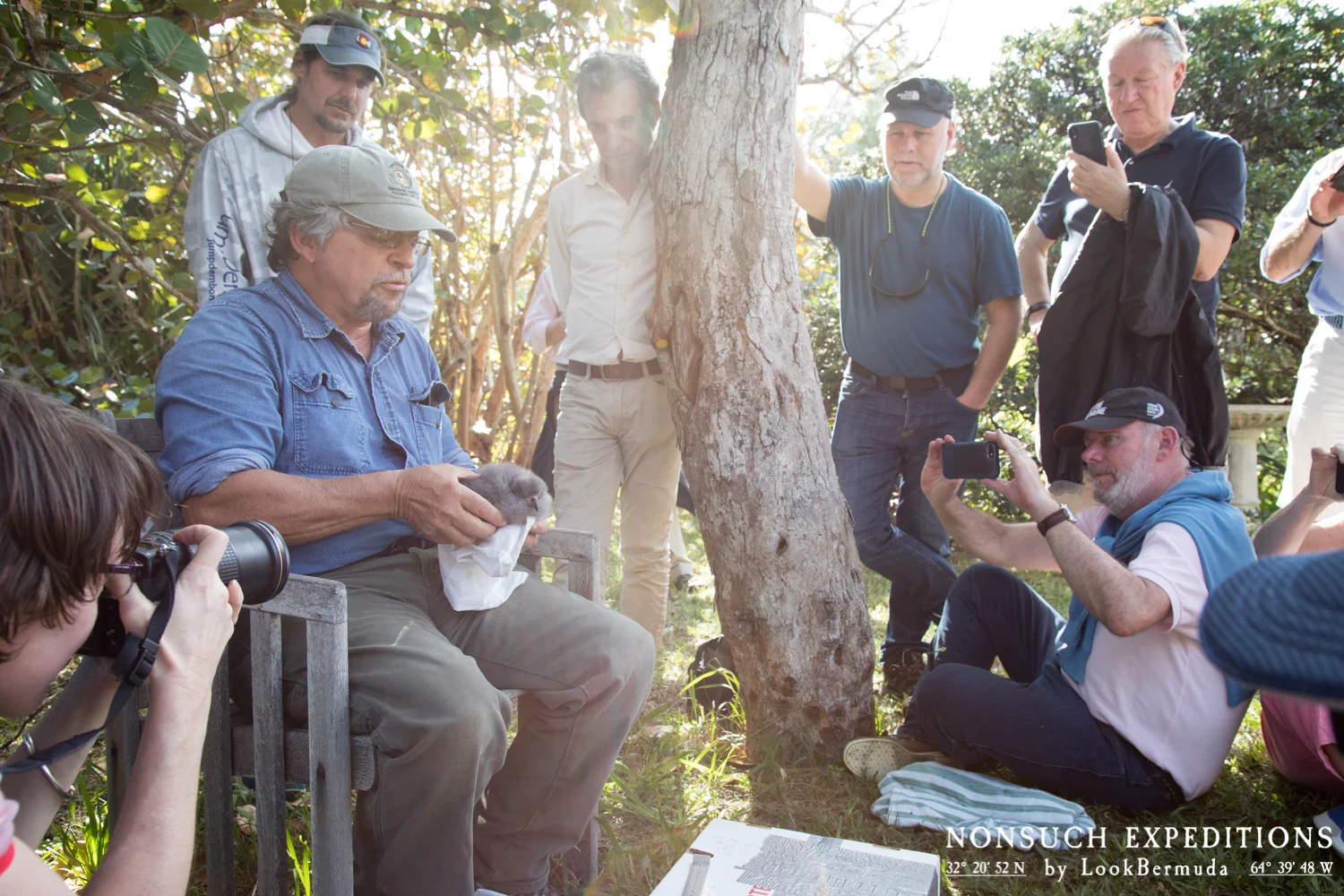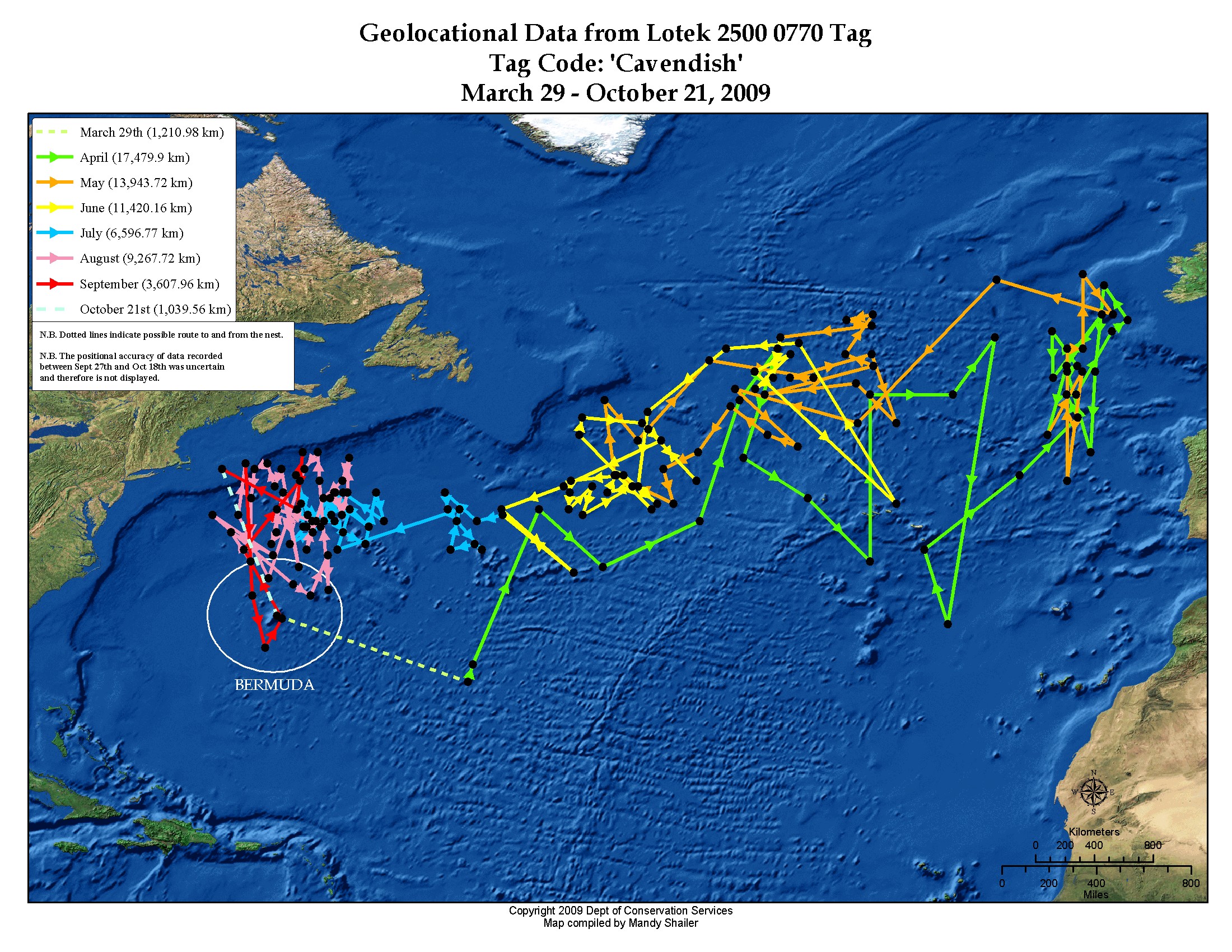Jeremy explains how the failure of the CahowCam 1 egg provides a much needed break for the parents that have raised a chick each of the past 5 years.
So far, the 2019 Cahow nesting season looks like it is a fairly successful one, with over 60 chicks now confirmed as having hatched, with the final number waiting for the current high winds and rain to abate so further nest checks can take place on the smaller nesting islets.
On Nonsuch Island, it looks like a total of 12 chicks have now hatched, including the first 2 chicks ever at the new, 2nd translocation colony site. With the CahowCam nests, the recently installed "CahowCam 2" camera recorded the successful hatching of its chick on the night of 9th March. This chick seems to be getting regular feeding visits by the parent birds and is gaining weight steadily.
However, at the "CahowCam1" nest, as the hatching window passed it became clear that the egg had failed and was not going to hatch. This pair has been unusually successful, raising chicks for 5 consecutive years in a row, whereas Cahow pairs are usually only successful every other year or at best 2 years out of 3. Usually, when an egg fails, the parents will faithfully continue to try and incubate it for at least another 2 or 3 weeks, which has been the case with this pair. Typically, once a pair finally accepts that an egg will not hatch, they often will kick the egg out of the nest or, alternatively, will partly or completely bury it with nest material. This is what has happened last night (20/21 March), when the adult brought large amount of additional nest material in, ultimately completely burying the egg. This is the first time we have observed this on the CahowCam, due to the pair being successful every previous year since the camera was installed! This points to the value of these burrow cams, that even when failure inevitably occurs, that we can still gain previously unknown insights and observations that were not possible before. The adults may continue to visit the failed nest on & off until around the beginning of April, then will depart for their mid-Atlantic summer habitat, where they will feed, regain their strength, and prepare for the start of the next breeding season in November.
All the best, Jeremy
Jeremy Madeiros Senior Conservation Officer (Terrestrial) Dept. of Environment and Natural Resource





















































































